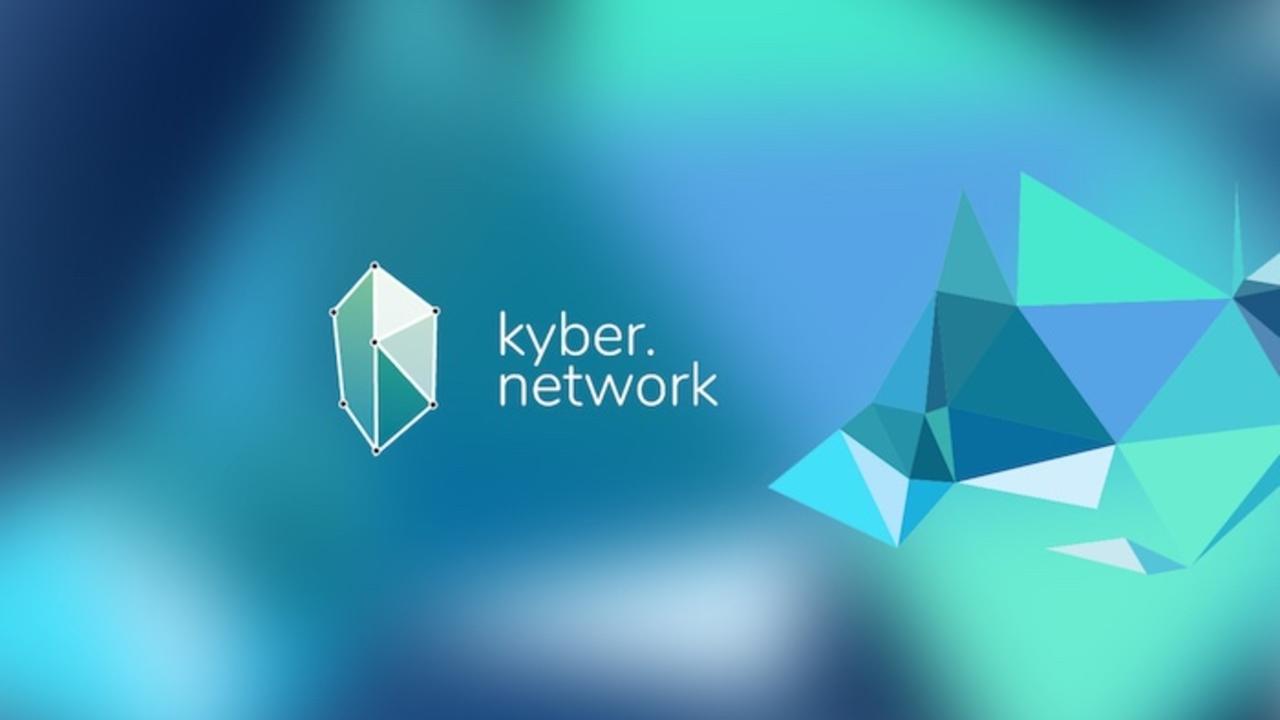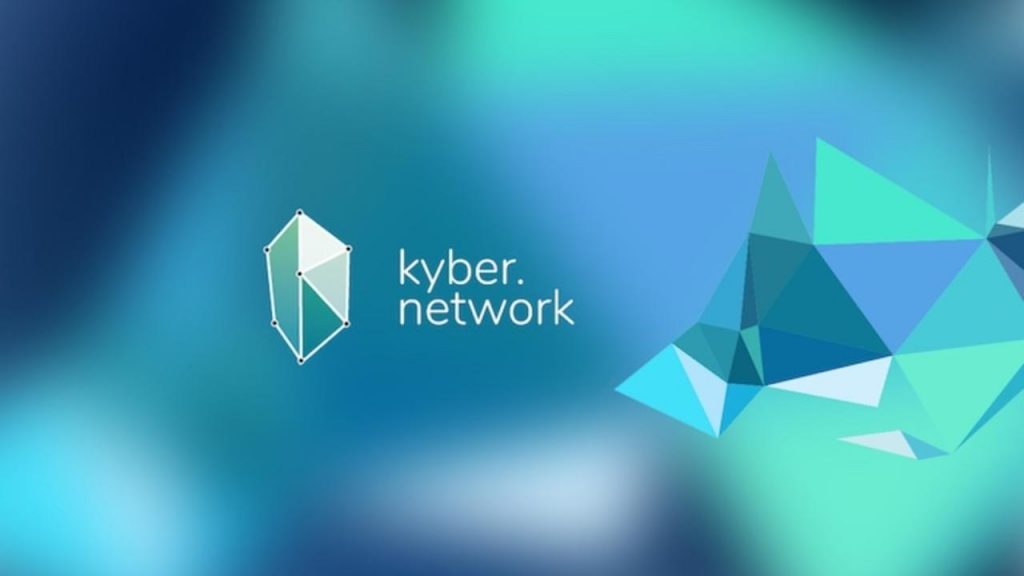
The Kyber Network offers a way to swap ETH and other ERC-20 tokens instantly without a centralized exchange (CEX). Kyber’s popularity has soared in 2020. In fact, the popularity of Decentralized Finance (DeFi) as a whole has. Just look at how the total value locked in US dollars has grown over the past few years:
- 2018: $190 Million
- 2019: $638 Million
- 2020: $2 billion
The DeFi ecosystem consists of decentralized exchanges, insurance, stablecoins, synthetics, and money markets. Today, however, we will be focused on decentralized exchanges—specifically the Kyber Network—a fully on-chain liquidity protocol.
Decentralized Exchanges
If you read the previous article, “Decentralized Exchanges – What Is A DEX?” then you already know some of the advantages of trading on a DEX. They are:
- Pseudo-anonymous: You can participate without filling out lengthy forms, providing background info, or an official ID.
- Automatic: So long as there is sufficient liquidity, DEX trading is instant.
- Non-custodial: You don’t have to turn over your funds to 3rd party control.
- Lower cost: Minimal trading fees and slippage.

If you’re worried about getting hacked, then a DEX may also be for you. Just make sure to keep your private keys in check.
The main thing to understand about DEXs is that there are liquidity pools and liquidity providers. Many of these projects do similar things. They exist as a place where people can provide capital or where people can get a hold of capital.
Maybe you haven’t dealt with a DEX before, but surely you’ve experienced the hassles of dealing with a CEX. If you want to participate they will demand custody of your funds, your firstborn, and proof of your identity. This means their exchange will safely store your credentials. Well, safely that is until some hacker comes along and conveniently snags them. Okay, just kidding about the “firstborn” part but everything else is true. You will also be subject to fluctuating withdrawal fees when you decide to withdraw your crypto.
What are the Benefits of Using Kyber?
Like other DEXs, Kyber’s KyberSwap gives you complete control of your crypto. In other words, you don’t have to deposit your funds into a CEX to trade. It allows for transparency and verifiability with no partially filled orders nor any off-chain components. Transactions are recorded on the Ethereum blockchain, so everything is transparent. And you can always verify exchange rates to ensure you’re getting the best rate.
a
On CEXs (and some DEXs) buy and sell orders may only fill partially. That sucks if you had your heart set on buying a specific amount of a token. Kyber keeps all its reserve assets available for exchange. That means you’re not dependent on a buyer or seller waiting on the other side to make your trade. And with Kyber, there is no registration nor waiting required.
What Problems does Kyber Solve?
Most projects in the world of crypto launch a token specific to their protocol. And as much as we all love to see new tokens floating around, that much diversity can present a problem. Namely that they can only be used in isolation on their platforms. So, you will have to use an exchange to get the token if you want to use the protocol. For example, if you’re on Platform X, you will have to use Token X. If you’re on Platform Z then you will have to use Token Z.
Kyber wants to overcome this issue. That’s why they have set up a protocol whereby tokens can be used across a wide range of DeFi environments. The goal is to make it easy for users to convert their ERC-20 tokens quickly.

In other words, a hassle-free environment where they can use Token X on Platform Z seamlessly. Kyber is creating a space where any token can be used on any decentralized application (dApp) or platform.
The long term goal is to integrate with other protocols to facilitate liquidity across multiple blockchains. This will provide seamless cross-chain token swaps, thus achieving a fully connected liquidity network.
Switching to a Decentralized Exchange
Another problem Kyber hopes to solve is onboarding traditional CEX users to DEXs. A big hurdle is dealing with the bid-ask spread. DEXs offer better trading fees and less slippage. That is very cool. However, problems can arise when the price you’re charged is drastically different than what you were quoted. Everything looks great until you pull the trigger, then BLAM! You just got reamed on the slippage.
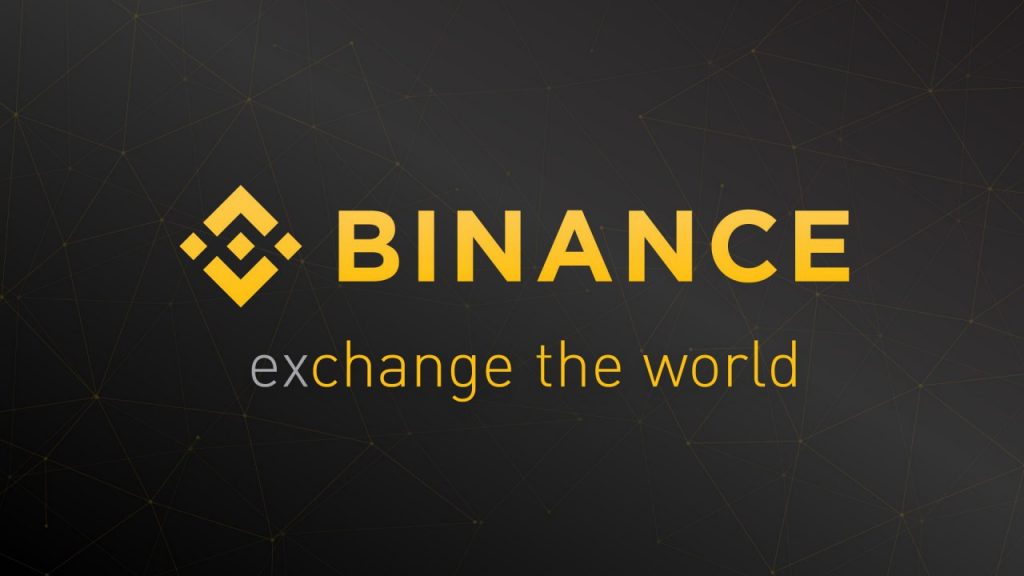
If you’re on a CEX like Binance or Coinbase, you simply pick up the phone and call Customer Support. If it’s within reason, your complaint can be resolved. As long as a glitch caused the misquote rather than your poor trading skills, it’s fine.
If there is a glitch in the Matrix on a DEX, however, you’re pretty much screwed. Since everything is hard-baked into the smart contract, it’s not like you can reverse the transaction. Nor can you pick up the phone and complain. This problem (or the imaginary fear of it) could prevent traders from switching to a DEX.
So, Kyber has added Chainlink price feeds to their network. Chainlink offers decentralized on-chain price updates and this integration will offer more accurate transactions. Hopefully, the addition of Chainlink will alleviate some of the concerns for those still waiting on the sidelines.
Kyber’s Liquidity Protocol
For DeFi applications to successfully provide financial services to its users, they need access to a trustless source of liquidity. So, Kyber uses Reserves to provide liquidity. Reserves are sets of liquidity pools containing different crypto assets. By holding a Reserve of tokens in smart contracts, users can trade tokens quickly without the need for a CEX.

Kyber accumulates liquidity from multiple sources (token holders, market makers, and liquidity pools). It combines them into a single pool that Takers (dApps, wallets, DEXs) can use to make exchanges. Thus Takers are provided with the best rates.
3 Key Components of the Kyber Network
- KyberSwap
Kyber’s decentralized exchange mechanism is called KyberSwap. It’s where users can buy and sell different tokens. Users can buy ETH directly on KyberSwap and then trade for Kyber’s native token, KNC. However, Binance, Huobi, and Okex also trade KNC. - Kyber’s Developer Portal
Kyber offers devs a vast resource of tools and APIs so they can interact with the liquidity pools. This allows developers to integrate their projects into the Kyber network. A variety of vendors, dApps, and wallets already use Kyber’s infrastructure. That’s because Kyber has made a point of being dev-friendly. It offers easy integration for crypto entities. - Kyber Reserve
As mentioned before, Kyber uses pools of funds to provide liquidity to the Kyber network. Groups such as Fund Managers can become Reserve contributors by adding their token assets to the liquidity pool. Reserve contributors make sure the spreads are competitive so Kyber can match Takers with the best rate. Takers can profit off the spread in each transaction and they are incentivized to do so.
How Kyber Works
Let’s put the players together to see how they interact:
Takers perform trustless token exchanges with minimum slippage on the network. A Taker can be a trader, a wallet address, a DEX, or a dApp. Reserves are any person or group that wants to provide liquidity. Liquidity providers can list token pairs but they must register first.
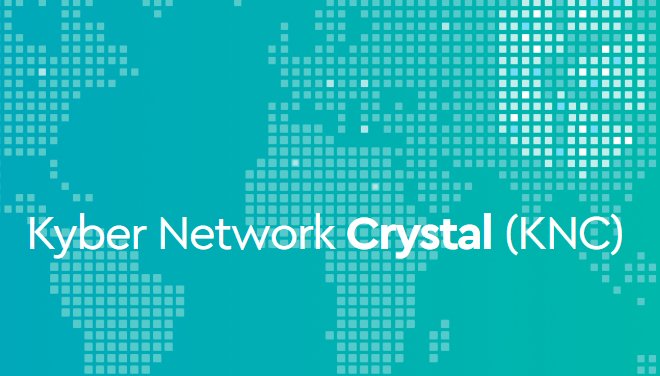
Reserve contributors pay transaction fees in the native token, Kyber Network Crystals (KNC). The transaction fees are divvied up accordingly:
- 30% of the transaction fees go to Kyber integrators to help them grow.
- 70% of the transaction fees are burned. Thus, each transaction produces more scarcity.
So just apply the basic principles of supply and demand. If supply is decreasing whilst demand is increasing (or stable), prices should go up. Remember, the supply of KNC tokens decreases with each Kyber transaction.
Use Cases for Kyber
The most direct use is to instantly swap tokens with a Web 3.0 wallet like MetaMask. Also, vendors can accept multiple tokens for payments as can dApps for users desiring their platform. Financial dApps in particular can use Kyber for fund allocation and portfolio rebalancing.

Kyber’s Katalyst Upgrade
Katalyst promises many technical improvements with this upgrade. More importantly, it will usher in staking to the Kyber Network protocol. Stakers will receive a percentage of the network fees in exchange for staking and for participating in KyberDAO.
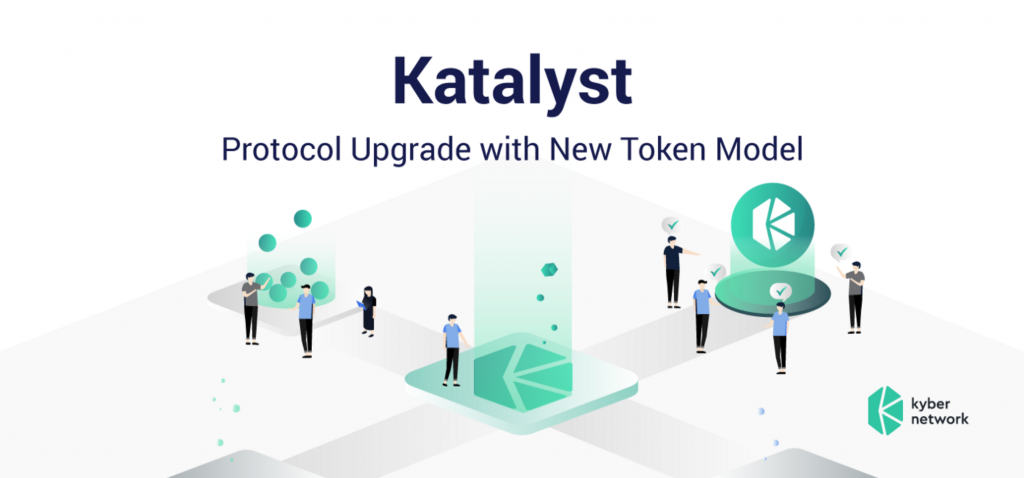
Stakers (KNC token holders) will receive fees relative to the number of tokens they have staked. The more you stake, the bigger your slice of the pie. There are no minimum or maximum amounts of KNC that can be staked.
As for KyberDAO, you probably already know that a DAO is a decentralized, autonomous organization. KyberDAO is the new mechanism for KNC holders to vote on upgrades and changes to the protocol. These can include (but are not limited to) transaction fees, reserve listings, and burning ratios.
It will offer strong incentives for stakeholder participation. There will also be lower barriers to entry. Reserves will now be able to provide liquidity without being required to hold KNC. And the more amounts of liquidity they can provide, the more Reserve rewards they can earn.
The upgrade mainly applies to three different groups of stakeholders:
- The Reserve Managers:
- dApp Integrators
- KNC Token Holders
Kyber Token Burn Rate
According to Binance, there are around 180 million tokens currently in circulation. At the time of this writing, approximately 4.2 million tokens have already been burned. And since token burns will be determined by network use, the more volume increases, the more tokens will get burned.
Since Kyber will have a staking token and a deflationary model, participants will be incentivized to hold KNC. As the tokens become rarer and rarer, rewards will naturally increase over time.

There are some excellent game theory mechanics at play here. People will be motivated to buy KNC to get rewards. They will also become more tempted to sell as the price climbs. Then again, they’ll be reluctant to sell for fear of the price rising higher. Especially since they know it will be harder to buy back at a later date.
Kyber’s Partnerships and Integration
KyberSwap has seen rapid growth recently and is expected to excel as one of the top DEXs in 2020. Kyber has positioned itself solidly at the center of the DeFi space. It is rapidly becoming the liquidity layer of that ecosystem.
Part of Kyber’s uptrend can be credited to its impressive list of partners and other platforms it integrates with. You might recognize some of these from within and around the DeFi space. There is My Ether Wallet, Enjin Wallet, Coinbase, InstaDApp, and even the Opera browser. KyberSwap has over a hundred different integrations including other DEXs like Uniswap. The two protocols can now share liquidity pools.
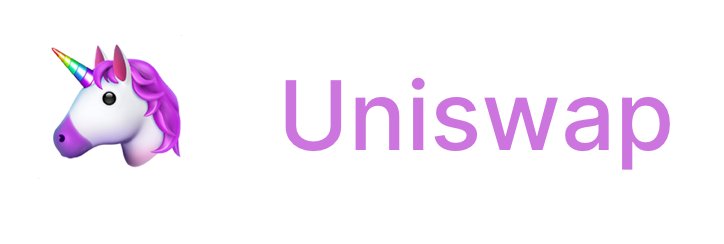
The Future of Kyber
With the launch of Katalyst and staking, Kyber could grow into one of the top DEXs with its liquidity protocol. The success of DeFi continues to rely on liquidity to satisfy its user’s ravenous demand. Kyber can certainly fill that niche.
The number of people using Kyber on-chain testify to its growth. Kyber’s long-term profit potential should remain intact so long as volume continues to increase and tokens continue to be burned. Sure, investors could take a beating in the short term due to volatility swings surrounding all the hype. However, the long-term looks promising.
And now that CoinMarketCap lists DeFi separately, Kyber really pops. It’s (currently) the 3rd highest-ranking altcoin behind Compound and Maker when viewed in the DeFi category. This kind of attention can only help boost its reputation.
Smart money with deep pockets like ParaFi Capital, a San Francisco based investment firm also appears to be believers. They have already put some skin in the game ahead of the Katalyst upgrade.
With lots of competition in the DeFi space, nothing is certain, but Kyber has made an impact. It’s still way down from its all-time highs back in 2018, but 2020 has shown impressive gains and renewed interest. The Kyber Network is up a whopping 755% making it one of the top-performing digital assets of the year.
So, has Kyber already pumped? Is it out of gas? Or is there more left in the tank? Time will tell.
If you want to learn more about the Kyber Network, check out the DeFi 101 and DeFi 201 courses at the Ivan on Tech Academy, the top educational platform for those looking to learn blockchain. There has never been a better time to enroll in a crypto academy - so join the movement!
Author: MindFrac
